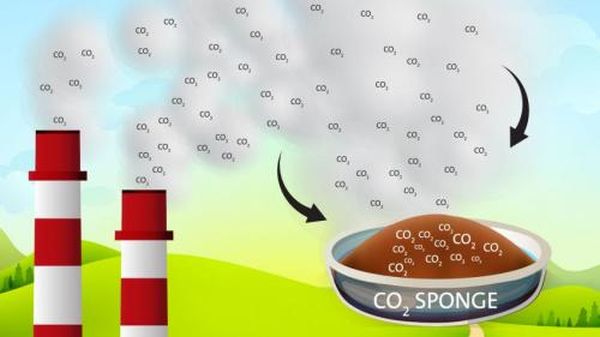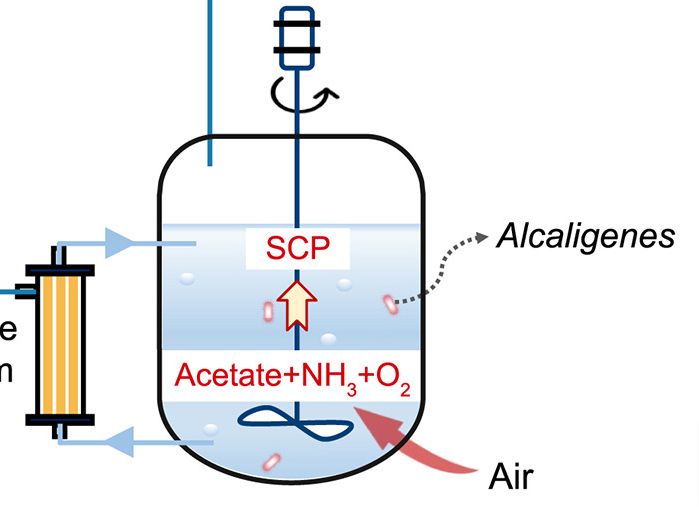To control global warming and its severe effects, not just environmentalists around the globe, but President Obama too plans to achieve a 30 percent reduction in carbon dioxide emissions by 2030. The American Chemical Society (ACS) during its 248th National Meeting & Exposition came up with a solution for this worldwide problem. Employing relative of plastic used in manufacturing food containers, they have achieved to create a sponge like plastic, which has a higher efficiency of absorbing carbon dioxide. Researchers now hope that the new material might help in transitioning away from fossil fuels and move closer to alternative non-polluting sources of energy as hydrogen.
Microporous organic polymer
As per Andrew Cooper, PhD from University of Liverpool, Britain, the important elements of this microporous organic polymer is that it is cheap, stable and effectively absorbs the greenhouse gas and therefore, is definitely fit to function in a real world environment. He further adds that in the coming future, when fuel cell technology will be widely used, these adsorbent will work favoring zero emission technology.
Usually CO2 adsorbents are employed to cut out the greenhouse gas pollutants from smokestacks of power plants that burned coal or gas like fossil fuels. However, Cooper and his team members plan to appoint this polymer for a different use leading to a further reduction in pollution.
Transforming fossil fuels into hydrogen gas
According to the researchers, the new material could become a part of the technology, which transforms fossil fuels into hydrogen gas, known as an integrated gasification combined cycle (IGCC). Hydrogen is seen as next generation fuel to power fuel-cells automobiles and for electricity generation, with almost zero pollution. But, IGCC technology generates a mixture of hydrogen and CO2, which is required to be separated.
Mechanics of the sponge
The sponge has the capability of absorbing CO2 under conditions of high pressure intrinsic to the IGCC method. Similar to sponges used in the kitchen, the polymer expands after absorbing CO2 in tiny rooms between molecules. The polymer deflates with the drop in pressure, thus releasing CO2, which either can be collected for storage or can be transformed into other useful carbon compounds.
The material is a brown color powder, similar to sand and is created by connecting together numerous tiny carbon-based molecules into a network. This structure was inspired by polystyrene (a plastic used in styrofoam and other packaging material) that can also absorb a small amount of CO2.
Affordability of the polymer structure
The polymer structure comes with many advantages such as stability. The material is so strong that it can remain undamaged even when boiled in acid. This makes the material suitable to be used in harsh conditions of power plants. Another added advantage of this excellent adsorbent is that it can take up CO2 selectively, without taking on water vapor that often clog materials and render them less effective. Moreover, unlike other adsorbent, sponge polymers are cheaper because of the fact that carbon molecules that make them are cheaper too. And most importantly, these sponges are reusable and are extremely robust that can work for longer duration.
Researchers are planning to use this sponge polymer in smokestack and exhaust streams to remove CO2 from a mixture of gases coming from the exhaust of power plants. The new material is surely going to bring some hope for reducing greenhouse gases and its effect.
Source: Newswise





[…] Newly created microporous organic polymer is cheap, stable & highly efficient in absorbing the greenhouse gas & is definitely fit to function in a real world. […]